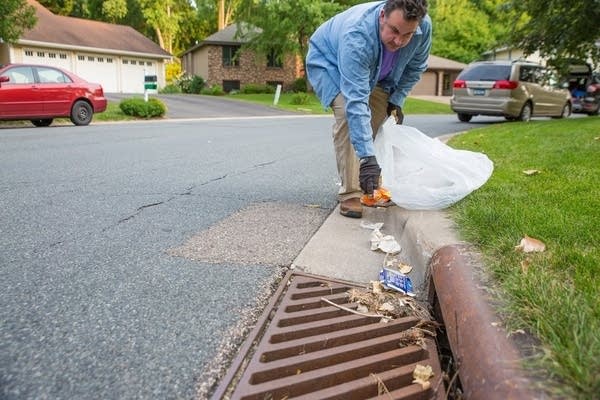Volunteers sought to 'adopt,' clean storm drains

Paul Erdmann removes debris from a storm drain in Bloomington. A new program in the Twin Cities and Rochester asks residents to "adopt" a storm drain by committing to keep it clear of leaves, trash and other debris and helping to protect lakes and rivers from pollution.
Courtesy Clean Water Minnesota
Go Deeper.
Create an account or log in to save stories.
Like this?
Thanks for liking this story! We have added it to a list of your favorite stories.


